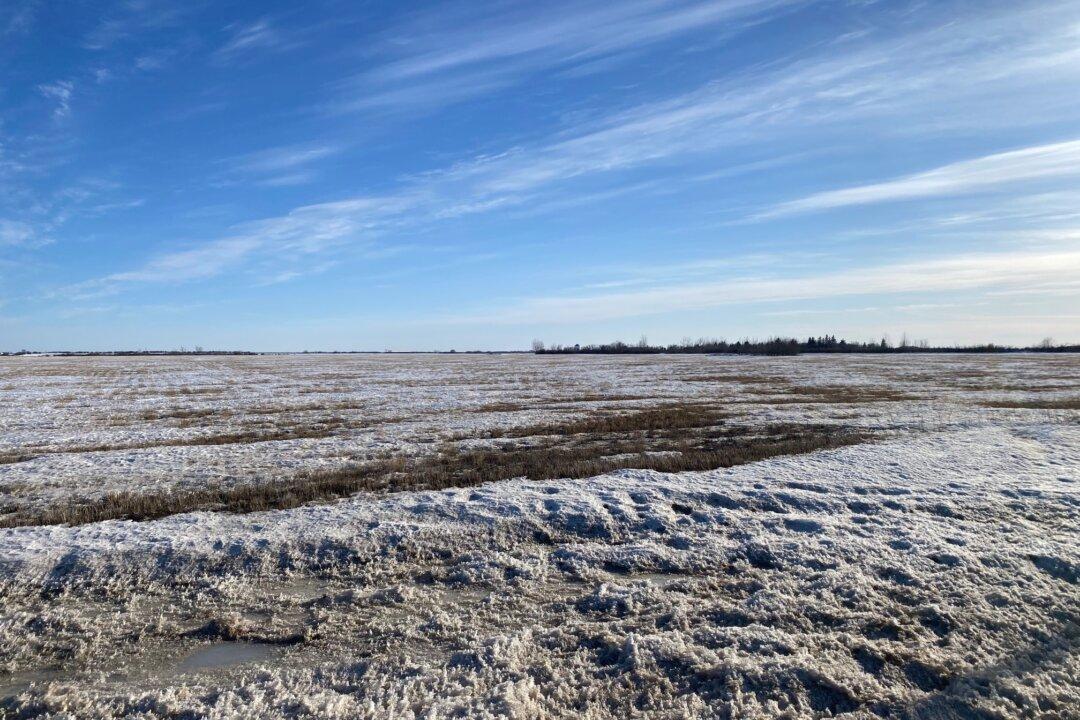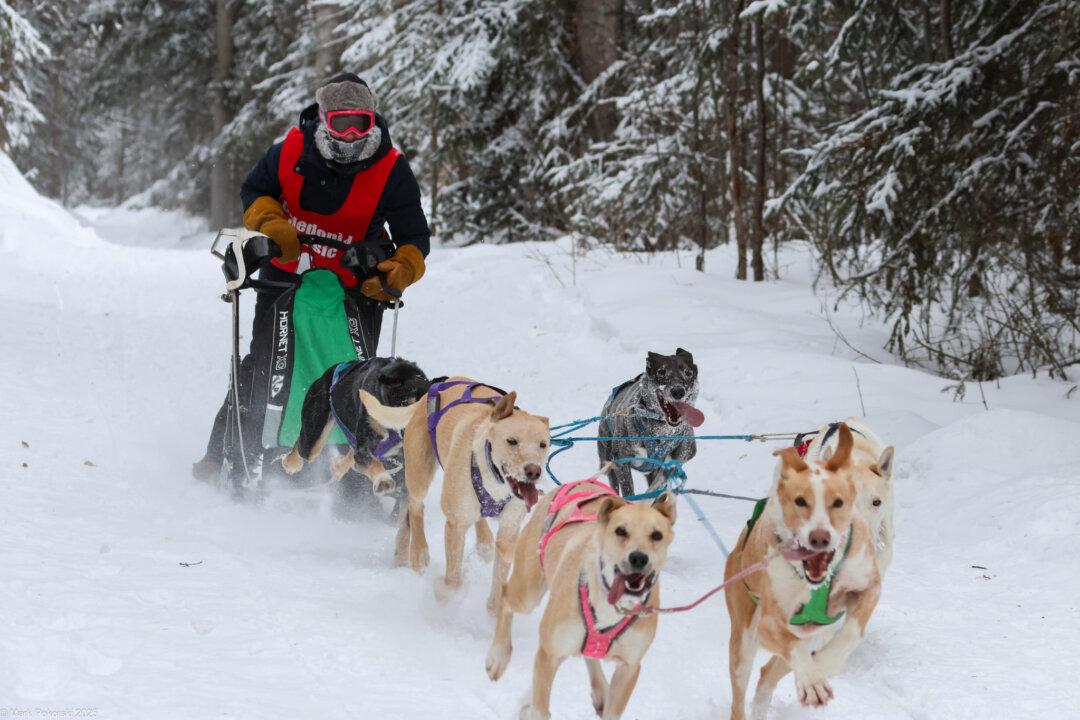The snow is not completely melted off the fields in many parts of Western Canada, but already farmers and governments are planning for what could be another year of serious drought.
“Right now, we are in probably the most significant drought situation that we’ve seen since 2001,” Alberta Environment Minister Rebecca Schulz told a news conference in Edmonton on March 25.





